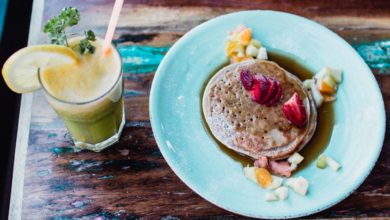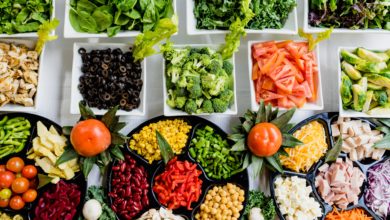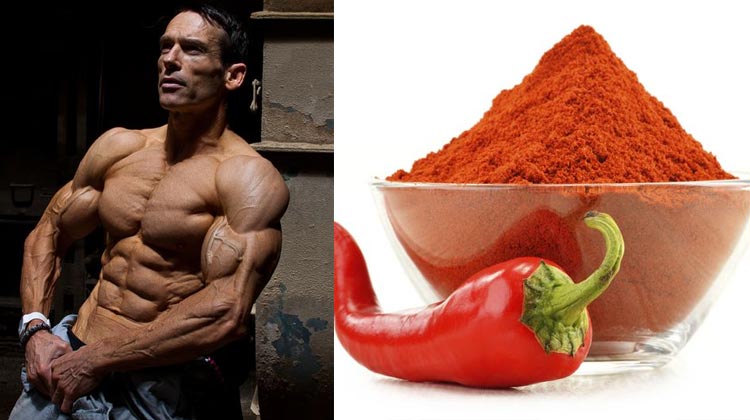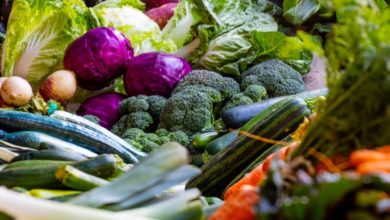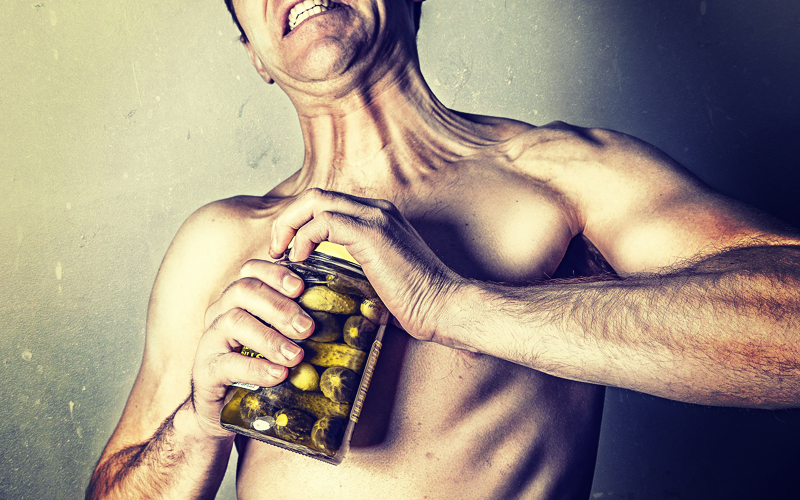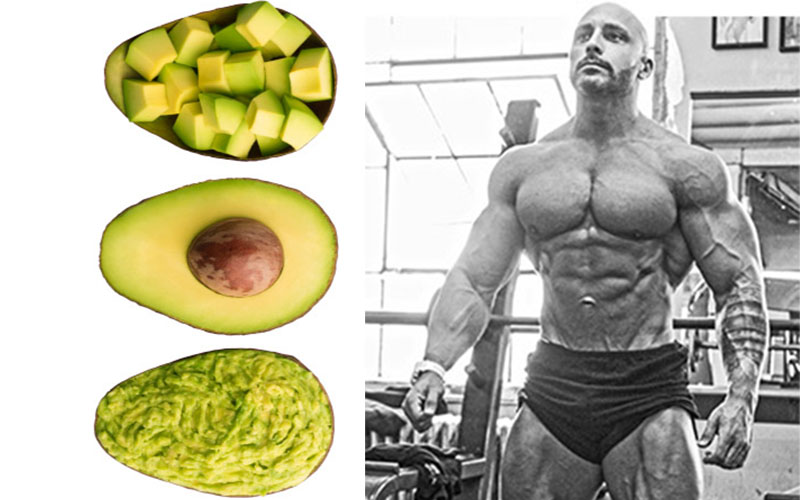
Weight loss is a topic that’s on the minds of most, if not all. Including people who own a gym membership, and who actually use their membership cards for more than just free pizza.
In today’s world, we have access to a myriad of information about anything and everything. Dig deep and long enough and you’re bound to find whatever it is that you’re looking for. Same goes for nutritional and dietary information.
In recent times, the nutritional approach to weight loss has been leaning more towards a low carb approach. This approach to nutrition can be highly beneficial to someone who struggles with insulin sensitivity or who just wants to drop a few quick pounds of body fat.
The Ketogenic Diet
The ketogenic diet has been around for quite some time now. While you get those who are fairly new to it, you’ll have the “true heroes” of ketosis who have been doing it for longer than most of you have been alive for.
First off, let’s have a quick look at what ketosis is.
What is Ketosis?
Ketosis is a metabolic process that occurs when your body doesn’t have enough glucose to produce the energy requirements of your body. What happens then is; there is a build-up of ketones that are produced from the liver.
Ketones are then responsible for breaking down fat stores in order to produce energy.

Using Ketosis for Your Benefit
As seen above, ketosis occurs when your body doesn’t have enough glucose to produce energy. A state of ketosis can be self-induced or it can be a result of starvation. In this case, it will be self-induced.
The most effective ways to put our bodies into ketosis is to follow a diet that is low in carbs.
However, for a ketogenic diet to be as effective as possible, you’ll need to follow a nutritional plan that is high in fat intake.
Setting Up Your Macros
Like with most diets and nutritional plans, for it to work effectively, you’ll need to calculate your macronutrient intake and stick to it.
Tracking macros are a cumbersome process and no one enjoys doing it. But here’s the thing — it works.
This form of dieting most likely goes against everything you’ve been doing up until now. If you’ve been enjoying the carb life and living it up with no regrets, then changing to something that will increase your ketones is definitely something that will shock your system.
Your carbs will come way down, fats will go way up, and protein will come down too.
Macronutrient Breakdown
- Protein: 0.6 – 1 g per pound of lean body mass
- Carbs: 0.5 – 10 % of caloric intake
- Fats: 70 – 75 % of caloric intake
Obviously, the carbs will be very low in this case, but that’s because the goal is to put your body in a state of ketosis.
However, for this type of diet (and most other diets), I suggest that you calculate your protein needs based on your lean body mass, not just every single pound of body weight that you carry.
In most cases, protein requirements between 0.6 – 1 gram of protein per pound of lean body mass is sufficient.

So, let’s do some math and show you how to calculate your protein needs. In our example, we’ll use a 190-pound subject with 12 percent body fat.
Before we get started, here are some numbers that you need to remember:
- 1 g of protein = 4 calories
- 1 g of carbs = 4 calories
- 1 g of fat = 9 calories
First, let’s get the approximate lean body mass of our subject:
190 x 0.12 = 22.8 lbs. of fat
190 – 22.8 = 167.2 lbs. of approx. lean body mass
Now that we have his lean body mass number, let’s find out what his macronutrient intake should be for protein:
167 x 0.6 = 100.2 g of protein
167 x 1 = 167 g of protein
167 x 4 = 668 calories
So, now we see that our subject needs to consume anywhere between 100 – 167 grams of protein. If the goal is to add more muscle mass, then I would suggest that his protein intake leans more towards the higher end of the scale.
Filling the Rest of the Calories
Now that we have worked out how many grams of protein our subject needs, it’s time to fill out the rest of the numbers.
Let’s say that our subject has been consuming 2,500 calories a day, 668 of those calories are going towards his protein needs. So, now let’s find the numbers for carbs and fats.
First, let’s start off with carbs:
2,500 x 0.05 = 125 calories / 31 g of carbs
2,500 x 0.1 = 250 calories / 62.5 g of carbs
If our subject decides to go with the higher amount of carbs, then we would add the 668 calories from protein with the 250 calories from carbs and deduct it from the daily 2,500 calories, which would look like:
668 + 250 = 918 used calories
2,500 – 918 = 1,582 remaining calories
These 1,582 remaining calories will be devoted to our subject’s fat intake:
1,582 ÷ 9 = 176 g of fat
Yup, that’s a lot of fat. But fortunately, you don’t need to consume large amounts of fat in order to reach that number. Fat can easily be ingested in large caloric quantities as opposed to carbs and protein.
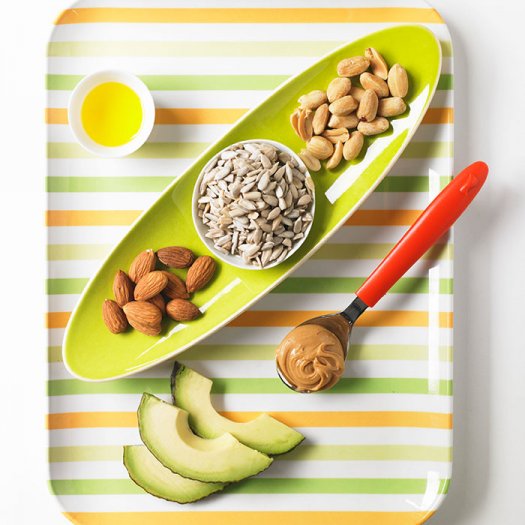
Let’s look at the numbers of our test subject again:
- Protein: 168 g
- Carbs: 62.5 g
- Fats: 176 g
We know that you’ve most likely never even eaten that much fat in one day, but remember that you’ve taken calories away from your protein and carb sources. Large amounts of carbs and fat are a recipe for disaster.
Now that you’ve got the materials to establish your macronutrient needs for a ketosis-inducing diet, it’s time to run through a list of foods that are, and aren’t, allowed to be consumed when chasing after and keeping up with ketosis.
The Food List
Protein Sources:
- Beef, lamb, goat, venison, pork
- Wild-caught fish, seafood
- Poultry
- Eggs
Fat Sources:
- Saturated — Lard, duck fat, chicken fat, goose fat, butter, coconut oil, ghee
- Monounsaturated — Macadamia oil, olive oil, avocado oil
- Polyunsaturated Omega 3s — From animal sources
Non-Starchy Vegetables:
- Leafy greens
- Cruciferous vegetables
- Asparagus, cucumber, celery stalk, asparagus

Nuts & Seeds:
- Macadamia nuts, pecan nuts, almonds, hazelnuts, walnuts
- Pumpkin seeds, flaxseed, sesame seeds, hemp seeds, sunflower seeds
Other (carb & fat sources):
These should be consumed with your carb limit in mind.
- Root Vegetables — Beetroot, carrot, sweet potato, parsnip
- Watermelon, honeydew melons
- Cashew and pistachio nuts
- Fruits — Apricots, peaches, apples, nectarines, grapefruits, oranges, plums, figs, kiwi fruits, cherries, pears
Conclusion
A ketogenic diet isn’t for everybody. The first few days of a ketogenic diet will undoubtedly be the most challenging of them all, but once you get past that point it will be smooth sailing from there on.
However, once your body enters into a state of ketosis, and you keep it there by sticking to a low carb intake, you’ll begin to reap the benefits of it, which, most evidently, is fat loss.
So whether you’re dieting for bodybuilding or just overall health, putting your body into a state of ketosis will benefit your body composition either way.
